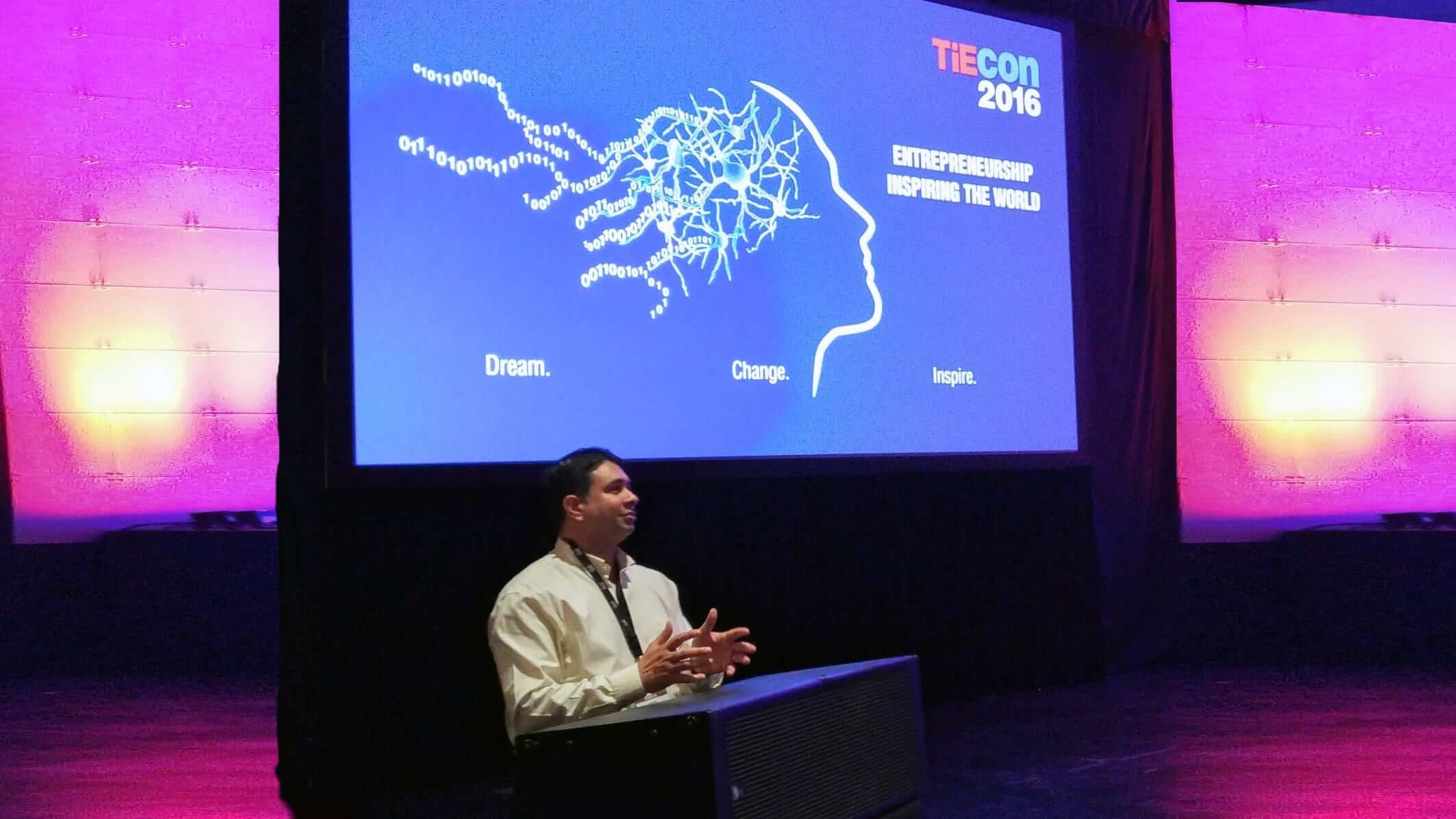Aditya Shukla is well known for Agile Enterprise and Security leader. His recent book ‘’Agile Transformation in Software Enterprises” divulges how large enterprises can transform into agile enterprises and deliver best value in very short period of time with highest level of customer satisfaction. Aditya Shukla is an agile product leader known for building and launching new innovative software products and services.
Aditya Shukla is distinguished for his contributions to the field of Agile Enterprise Security. Most recently he presented at the leading technology conferences like the Knowledge 16 and TiEcon. Mr. Shukla has several years of experience in product and program management in variety of environments such as consumer and enterprise software development, enterprise security products, business consulting and analysis of complex cloud based web, and e-commerce.
Although Mr. Shukla currently works as a Sr. Eng. PM, at Hewlett Packard Enterprise, he actually come from small city of north-India, Kanpur in state of Uttar Pradesh. He completed his undergrad studies from Dehradun Institute of Technology in Information Technology and Masters in Computer Science from University of Southern California, Los Angeles, CA. He also completed Advanced Project Management certification from Stanford University, CA. Mr. Shukla is certified as Project Management Professional, Scaled Agile Program Consultant, PMI Agile Certified Professional, Pragmatic Marketing (V III), and Certified Ethical Hacker.
Mr. Shukla has been in software product development for many years. During all these years, he has experienced multiple successful deliveries of products as well as several unsuccessful ones. He summarized his experiences in the book and suggests how we can get best value in short period of time by transforming enterprise in agile frameworks. In an exclusive interview with The Asian Entrepreneur, we asked Mr. Shukla about his book and latest security trends.
In your own words what do you do?
I am an expert in Agile Enterprise security products. Deliver enterprise grade products that provide holistic security to large organizations such as large banks, power girds and governments. Our aim is to create the secure our cyber space so that cyber criminals cannot jeopardize our information and safety.
What led you to write your recent book?
Over the years living in variety of software environments wearing multiple hats, I always try to optimize the value delivery to organization. We recognized that software product development land-scape changes with tremendous pace. We also identified multidimensional changes not only seen in technology space but also in business environments as well. In security product development, new vulnerabilities, backdoors and hacks are everyday’s reality. Software products need to adapt rapidly with market needs. In the long journey of ‘inspect and adapt’, I learned sequential approaches mostly inspired by manufacturing environments are not adequate for software product development. I wanted to share my experiences, learnings and perspective to product development and program management practitioners and help them deliver best software products in shortest possible time with superior customer experience.
What was the hardest thing about writing your latest book?
Condensing information! I think hardest thing was summarizing the experience and learning I got over the years. My aim was to publish to-the-point book that can help to transform software organization deliver the most value in every iteration.
Could you share with us some industry insights?
Until recently we have seen most of the enterprises are basing their security infrastructure with rule based security products. You set up your rules first and continuously monitor your network for any anomaly. This is very expensive and sometime error prone. We have started taking leverage of big data analytics in security domain. We are now inclining toward UEBA or User Behavior and Entity Analytics. User behavioral analytics is a relatively new computer technology which can analyze historical data logs or big data and identify the user behavior by following their traffic pattern. These behaviors can be used to identify whether the user activities are normal or malicious/suspicious. However, the technology does not tackle the security issues, and it only alerts the security teams of a possible user abnormalities. Afterward, the security team can decide the best approach to respond to the UBA findings.
Using signature-less anomaly detection techniques that monitors users, account, and system behavior are able to automatically and accurately detect the most advanced data security, insider threats and fraud attacks.
What is your long term plan?
I am currently collecting feedback on the content of my book and plan to launch updated version of this book later this year with refinements on any ambiguities or imperfections. In the long term, I am planning to come up with another book that will address some core key issues in the area of enterprise security product development.
What about the Enterprise Security and specifically the Context Aware Backup system?
The context aware backup technology came about as a solution to one of the most perplexing questions of enterprise security. How can we reduce the system impact and/or downtime caused by threat perception? We developed I highly objective mechanism that continuously evaluates environmental parameters to derive a risk score representing a more accurate threat contour. While this goes on, another part of the system evaluates the complexity of work completed since the last backup. Depending on both evaluations, the system then has the flexibility to choose from a variety of actions that range from a simple backup on short-term memory to an automatic system shutdown and a major back up. It is an exciting artificial intelligence mechanism and is the first of its kind. It has changed the way we think of enterprise security and also uses concepts of an agile design to make it more scalable. The next step is to make the evaluation mechanisms more robust by incorporating user behavior analytics. This will improve the actions performed by the system in any given scenario. We are actually going through a patenting process to claim this invention, so I will not be writing about it in much detail.
What are some important lessons we learn from your book?
This book is to transform software product development environment into non-sequential, iterative and agile environment. This book is about to get an edge on competition by completing projects much quicker with great quality. This book will help to make teams leaner, happier, and have more diverse skills. As a product leader in any environment, we are in the business of delivering great satisfaction to the (product) user. I think this book address our ultimate goal – happier customers!!
What’s next for you? What are you working on now?
I am currently collecting feedback on the content of this book and plan to launch updated version of this book later this year with refinements on any ambiguities or imperfections. In the long term, I am planning to come up with another book that will address some core key issues in the area of enterprise security product development.
How can our readers connect with you?
You can visit my site at www.shuklaaditya.com and freshly minted blog at www.agiledepot.com.
I am also on Facebook (https://www.facebook.com/shukla360) and twitter (https://twitter.com/shukla360 ).






























